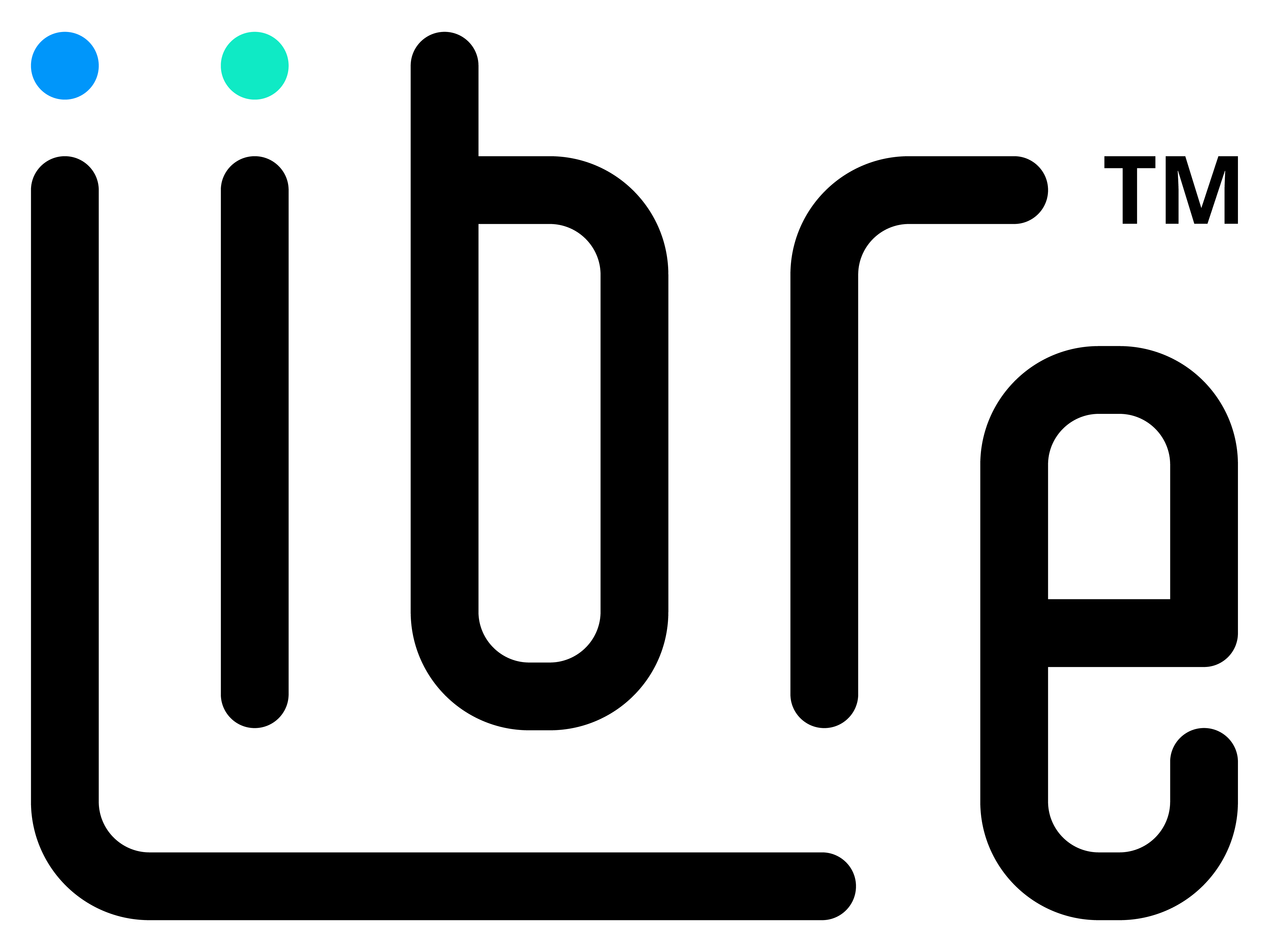The appeal of lean continuous improvement is obvious. We all strive to be better in everything we do, and there is no exception when it comes to operations management on your factory floor. Applying that on an enterprise-scale sounds great, but how do you realistically accomplish these goals? The concept has been studied and developed for years, originally developed from the Toyota Production System in the middle 20th century. There are well-established systems that can help you incorporate the processes necessary for a continuous improvement model into your enterprise. They range from being as simple as cultivating a culture among all employees identifying areas of loss to implementing complicated, enterprise-level software.
Benefits of Continuous Improvement
Before diving into the specific methodologies of lean continuous improvement, we can break down the specific ways that the methodology can impact an enterprise. Delving deeper than the benefits we list below, these are specific areas that will see gains from the implementation of the new strategy. You can find these benefits simply from adopting the philosophy, but a software suite that helps automate the implementation of the philosophy goes a long way. These particular benefits are what you can expect from using Libre to develop a lean continuous improvement program for your company.
Streamline Workflows
One of the core principles of continuous improvement is empowering all workers, from the machine operator to the CFO, to identify areas for improvement. Small improvements are generally easier and less expensive to implement. Imagine, how would your operations be impacted if you focused on only a 1% improvement per event? The effects quickly, positively compound. The continuous improvement process is built around empowering workers to communicate needs and ideas in all directions in the organization. This leads to an environment where the people directly working on any facet of the enterprise can contribute to the improvements of that facet and the enterprise as a whole.
Consider an assembly line worker. They are deeply involved in the daily processes that go into their part of the manufacturing process. They are primed to notice small inefficiencies and small ways to improve how they work. If those changes can proliferate throughout the organization, it can lead to systemic changes that help the entire enterprise. This is one way that a continuous improvement philosophy helps to streamline workflows. You make positive changes from every contributor.
Reduce Project Costs and Prevent Overages
One of the great enemies of any SMM (small to medium-sized manufacturers) is the hidden factory. This is the name for a concept that looks into aggregate waste that occurs in any manufacturing process. These are small inefficiencies that occur in countless little corners of the plant. Hidden factories can stem from implementing workarounds to make your software suite fit your operation. Often, larger software systems are rigid in their processes because they were designed to someone else’s specifications, not yours. Hidden factories spring up around these implementations because you are forcing your company to fit someone else’s data structures or processes.
Hidden factories are everywhere. The concept of lean continuous improvement builds a workplace that helps to identify each small inefficiency and make progressive, minor adjustments to eliminate them. Instead of overhauling the entire facility for every little change, you use an aggregate change mentality to battle aggregate inefficiency.
How to Deploy Continuous Improvement
If either of those benefits sounds enticing (there are many more) then you might be excited to begin learning how to deploy continuous improvement. It’s a simple concept with a wide range of potential applications. In general, deploying continuous improvement starts with workplace culture. That’s more than just a modern buzz phrase. It only truly works when it permeates all levels of the enterprise. In order to do that, software deployment alone isn’t enough. You also need to involve workers at every stage and build the improvement culture from the ground up. But, while you are building your continuous improvement culture, there are software solutions that can aid you on your journey. That’s why we created Libre – to catalyze your continuous improvement culture.
Make Small, Incremental Tweaks on the Fly
Real-time adjustments lie at the heart of continuous improvement. This can only work with a company-wide adoption, supported by the top leaders, of the new mentality. To initiate, it may require training at all levels, but the end goal is to empower employees at every level to be able to make incremental improvements to manufacturing processes as they see fit. Those adjustments are then communicated upwards, and the ones that show the most value are disseminated throughout the enterprise.
In essence, small tweaks come from the hands-on workers doing each specific task. From pounding a rivet to soldering components, the tweaks should be encouraged and tracked. When you have that baseline, it’s much easier to see how the tweaks pile up and improve efficiency. Having a digital tool that can track your losses is incredibly powerful. What if you focused on a 1% increase in productivity? How much could you save?
Discuss Larger Changes
Once small changes are flowing, you need to systematically address more significant adjustments that affect larger groups. As the good ideas flow upward, downward, and laterally, management will need to discuss organizing the rollout of system-level changes that are built from the small tweaks.
It’s the logical next step in the process, and management needs to be trained in identifying and analyzing the smaller changes. When improvements are reliably spotted, factory leadership and management should meet and discuss the changes and adopt and proliferate those changes that provide the most benefit from any particular improvement.
Clearly Identify the Problem or Improvement
In order for the previous step to work, you must establish systematic analysis. You need to pair metrics to the changes that are being tried. Those metrics have to be meticulously tracked and analyzed. That’s where lean continuous improvement software is at its best. Libre can make it easy to record how your machines and processes are performing. From that data, you can identify problems and create solutions in the overall operation.
It is the clear identification of each problem and improvement that makes continuous improvement work. The data can point to them, but your workers still need a sharp eye to perfectly outline the nature of the issue. Strong communication is also important to clarify the problem or improvement for the rest of the crew.
Plan Potential Solutions
While your continuous improvement program is empowering employees at every level to make small adjustments that add up to big results, some issues require a more deliberate, dedicated approach. When you identify an area of significant loss, it sometimes takes an innovative approach to eliminate. Solution planning is an essential step in this process.
Libre will help you see exactly where such losses persist. It will also empower your teams to communicate issues and strategize together on a time scale that keeps things moving. Ultimately, when you embrace continuous improvement, you’ll find that the cumulative contributions of the entire enterprise can almost always identify a way forward and help plan a good solution.
Monitor Changes After Deployment
Ultimately, you have to make changes to see improvements. It’s not enough to hope or assume that they work. You want to monitor the impact of each change as meticulously as possible. Real-time tracking, large-scale data analysis, and additional techniques can all help monitor the results of a deployed change.
When done correctly, you can compare the net benefits of the change, calculate a return on investment and help model expectations for future changes. As you continue down the improvement path, former changes inform new changes, and the continuous improvement process becomes self-correcting. You’ll find that each improvement helps the next, and you can build a robust system that streamlines your continuous improvement cycle.
Improvement Resources to Delve Deeper
If you want to continue to explore the concept of continuous improvement, there is plenty left to learn. Much of the philosophy was originally developed in post-war Japan. After the industry had been devastated by war, investors wanted to find fast and efficient ways to rebuild. That led to the concept of Kai Zen. The phrase literally translates to “change for the better” and it formed the core of the concept that we call continuous improvement today.
There are countless resources to learn more about the philosophy and culture of continuous improvement. You can compare numerous software packages that are all designed around the concept. Eventually, the inevitable conclusion is that a combination of software and culture can reshape an SMM to truly embrace continuous improvement and reap the ongoing rewards.
The most important thing you can learn at the start of this journey is that continuous improvement doesn’t have to be expensive. Enterprise software often costs tens of thousands of dollars. Libre offers the same power for free. We designed it with you, the manufacturer in mind – liberating you from the cumbrous and expensive software packages pushed on SMMs.

